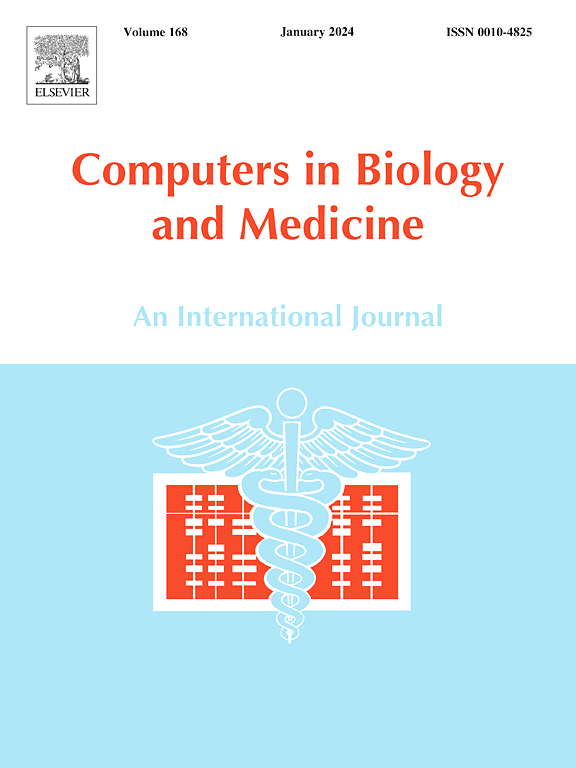Going Smaller: Attention-based models for automated melanoma diagnosis
IF 7
2区 医学
Q1 BIOLOGY
引用次数: 0
Abstract
Computational approaches offer a valuable tool to aid with the early diagnosis of melanoma by increasing both the speed and accuracy of doctors’ decisions. The latest and best-performing approaches often rely on large ensemble models, with the number of trained parameters exceeding 600 million. However, this large parameter count presents considerable challenges in terms of computational demands and practical application. Addressing this gap, our work introduces a suite of attention-based convolutional neural network (CNN) architectures tailored to the nuanced classification of melanoma. These innovative models, founded on the EfficientNet-B3 backbone, are characterized by their significantly reduced size. This study highlights the feasibility of deploying powerful, yet compact, diagnostic models in practical settings, such as smartphone-based dermoscopy, and in doing so revolutionizing point-of-care diagnostics and extending the reach of advanced medical technologies to remote and under-resourced areas. It presents a comparative analysis of these novel models with the top three prize winners of the International Skin Imaging Collaboration (ISIC) 2020 challenge using two independent test sets. The results for our architectures outperformed the second and third-placed winners and achieved comparable results to the first-placed winner. These models demonstrated a delicate balance between efficiency and accuracy, holding their ground against larger models in performance metrics while operating on up to 98% less number of parameters and showcasing their potential for real-time application in resource-limited environments.
走向更小:基于注意力的黑色素瘤自动诊断模型。
计算方法通过提高医生决策的速度和准确性,为黑色素瘤的早期诊断提供了一个有价值的工具。最新和性能最好的方法通常依赖于大型集成模型,训练参数的数量超过6亿。然而,这么大的参数数量在计算需求和实际应用方面提出了相当大的挑战。为了解决这一差距,我们的工作引入了一套基于注意力的卷积神经网络(CNN)架构,专门针对黑色素瘤的细微分类。这些基于EfficientNet-B3主干的创新模型的特点是尺寸显著减小。这项研究强调了在实际环境中部署强大而紧凑的诊断模型(如基于智能手机的皮肤镜检查)的可行性,并以此彻底改变了即时诊断,将先进医疗技术扩展到偏远和资源不足地区。它使用两个独立的测试集,将这些新模型与国际皮肤成像合作(ISIC) 2020挑战的前三名获奖者进行了比较分析。我们的体系结构的结果优于第二名和第三名的获胜者,并且取得了与第一名获胜者相当的结果。这些模型在效率和准确性之间取得了微妙的平衡,在性能指标上与大型模型保持一致,同时减少了98%的参数数量,并展示了它们在资源有限的环境中实时应用的潜力。
本文章由计算机程序翻译,如有差异,请以英文原文为准。
求助全文
约1分钟内获得全文
求助全文
来源期刊

Computers in biology and medicine
工程技术-工程:生物医学
CiteScore
11.70
自引率
10.40%
发文量
1086
审稿时长
74 days
期刊介绍:
Computers in Biology and Medicine is an international forum for sharing groundbreaking advancements in the use of computers in bioscience and medicine. This journal serves as a medium for communicating essential research, instruction, ideas, and information regarding the rapidly evolving field of computer applications in these domains. By encouraging the exchange of knowledge, we aim to facilitate progress and innovation in the utilization of computers in biology and medicine.
 求助内容:
求助内容: 应助结果提醒方式:
应助结果提醒方式:


